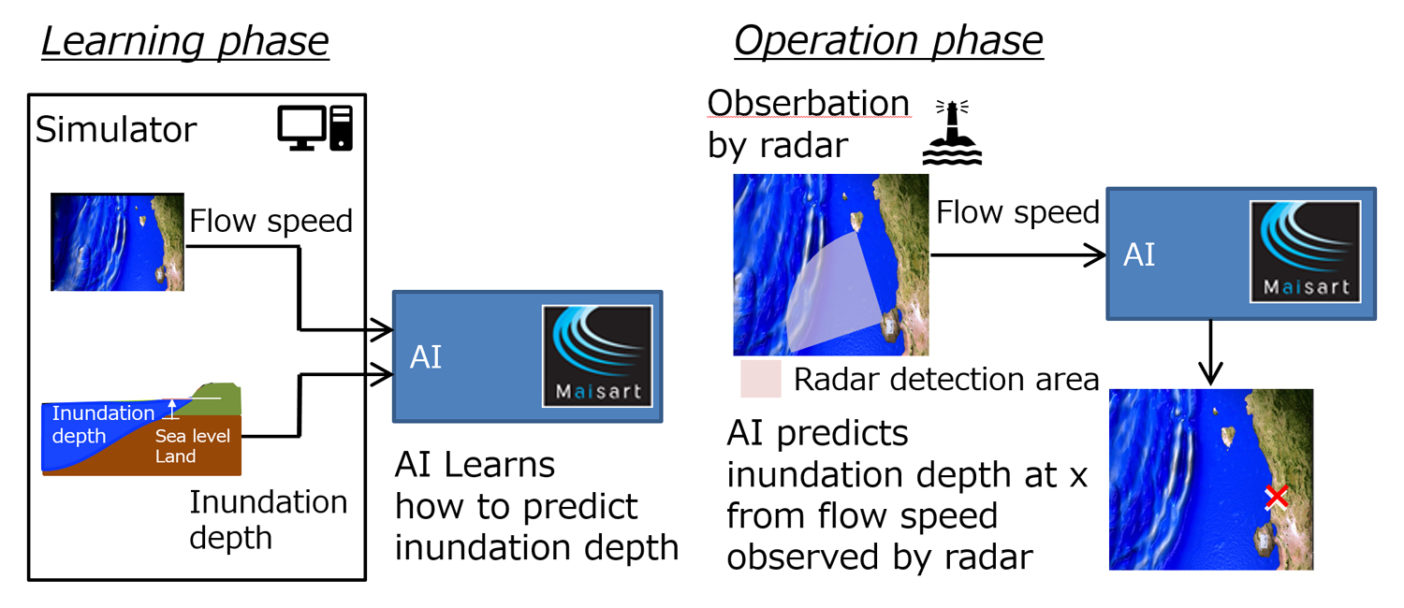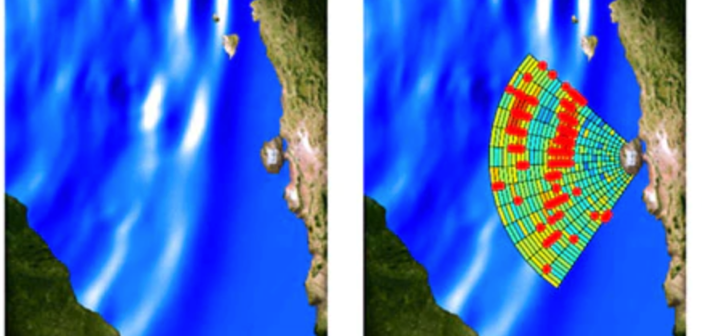Mitsubishi Electric has developed an AI-based solution to help predict tsunami flooding and aid evacuation planning.
The technology uses data on a tsunami’s velocity detected by radar to forecast water flood levels.
Developed with the Society for the Promotion of Construction Engineering of the General Incorporated Foundation, the technology harnesses Mitsubishi’s Maisart solution to generate highly accurate predictions seconds after a tsunami is detected.
According to the company, this will support the rapid formulation of evacuation plans to prevent or mitigate disasters in local inland areas.
Furthermore, the technology can study simulations of various earthquake epicentres, degree and direction of fault displacements to accurately predict flood levels with a 1m margin of error.

Although the system initially requires simulating various possible tsunami conditions, by using terrain data the AI is able to learn the results and predict inundation depths at high speed once an actual tsunami is detected.
Currently, evaluations have focused on theoretical earthquakes in the Nankai Trough, a major fault line off the coast of Japan.
Mitsubishi Electric said it plans to study theoretical earthquakes in other areas of Japan to learn how tsunamis might possibly impact various harbours and other coastal infrastructure and municipalities.
In addition to fault displacements, the study will also consider tsunamis created by undersea landslides, which are particularly difficult to predict using conventional methods.








